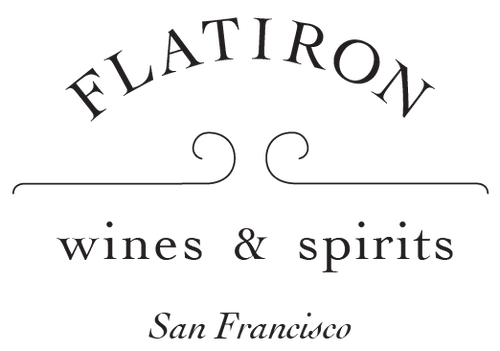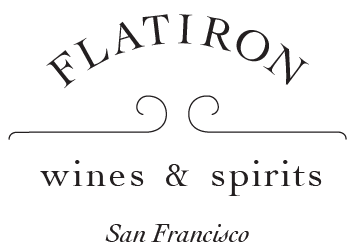Josko Gravner
We don't have any orange grapes, so how on earth do we get orange wines? It's pretty simple, actually: crush some white grapes and then let the skins macerate in the juice. You see, normally... Read More
We don't have any orange grapes, so how on earth do we get orange wines? It's pretty simple, actually: crush some white grapes and then let the skins macerate in the juice. You see, normally to make white wine, you drain the juice off the skins right away. But if you leave them together, the juice will extract some color and tannin, coming out darker and more textured.
(Bonus fact: virtually all red grapes give white juice; wine only becomes red as the red skins macerate in the juice, giving off color, texture, aroma, and magic.)
In America, the granddaddy of orange wine is a man named Josko Gravner. Back in the '70s and '80s he modernized winemaking in his local Collio by introducing temperature-controlled fermentation and French barriques. But then he did an about-face: in the late '90s he began experimenting with ancient techniques, tossing out temperature control (and even lids) for fermentation, employing skin maceration (up to 7 months), and importing enormous clay amphorae from the republic of Georgia for fermentation and aging.
The wines were a shot heard round the world. Winemakers from Spain to California to the Jura to Australia have been playing with these ancient methods ever since. And many of their orange wines are sommelier favorites because—in addition to deeper color—they have structure and umami profiles, making them amazing partners for heftier dishes that would normally call for a red.
But even with all of these delicious wines following in his path, Josko's trailblazing wines continue to be the benchmark, offering unmatched complexity, balance, power, and longevity.


